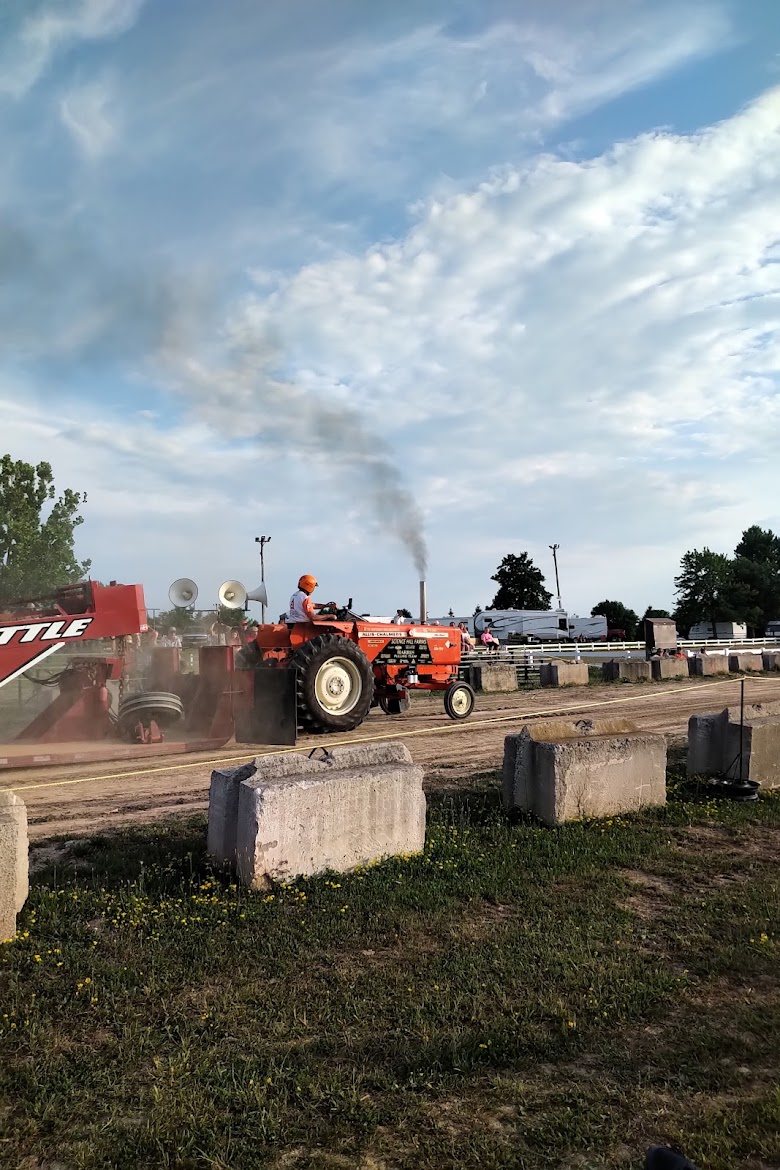If
you think the title of this article is lawyer-speak or legalese, you’re
right. But the mental gymnastics required
to understand the meaning of the term Organized Pseudolegal Commercial Argument
(“OPCA”) pale in comparison to the effort required of Canadian judges to
understand the OPCAs being advanced in cases before them. Most often in an effort to avoid taxes or
other financial obligations, OPCA litigants argue that they are a double or
split person – one part being a physical human being and the other being a
non-physical legal person or “juristic person”.
The physical human beings give notice to governments, creditors, and the
Courts that they have relinquished and are separate from their non-physical
legal persons and, therefore, are not responsible to follow government
regulations, pay taxes, pay debts, etc.
In
an oft-cited case called Meads v. Meads,
Associate Chief Justice J.D. Rooke of the Alberta Court of Queen’s Bench took
it upon himself in his reasons for decision to explore and challenge the OPCA
movement, which he viewed as an abuse of Canada’s legal system. Rooke A.C.J. explained:
This Court has developed a new awareness and
understanding of a category of vexatious litigant. As we shall see, while there
is often a lack of homogeneity, and some individuals or groups have no name or
special identity, they (by their own admission or by descriptions given by
others) often fall into the following descriptions: Detaxers; Freemen or
Freemen-on-the-Land; Sovereign Men or Sovereign Citizens; Church of the
Ecumenical Redemption International (CERI); Moorish Law; and other labels -
there is no closed list. In the absence of a better moniker, I have
collectively labelled them as Organized Pseudolegal Commercial Argument
litigants [“OPCA litigants”], to functionally define them collectively for what
they literally are. These persons employ a collection of techniques and
arguments promoted and sold by ‘gurus’ (as hereafter defined) to disrupt court
operations and to attempt to frustrate the legal rights of governments,
corporations, and individuals.
Over a decade of reported cases have proven
that the individual concepts advanced by OPCA litigants are invalid. What
remains is to categorize these schemes and concepts, identify global defects to
simplify future response to variations of identified and invalid OPCA themes,
and develop court procedures and sanctions for persons who adopt and advance
these vexatious litigation strategies.
One participant in this matter, the
Respondent … appears to be a sophisticated and educated person, but is also an
OPCA litigant. One of the purposes of these Reasons is, through this litigant,
to uncover, expose, collate, and publish the tactics employed by the OPCA
community, as a part of a process to eradicate the growing abuse that these
litigants direct towards the justice and legal system we otherwise enjoy in
Alberta and across Canada. I will respond on a point-by-point basis to the
broad spectrum of OPCA schemes, concepts, and arguments advanced in this action
by [the Respondent].
Meads v. Meads was decided in 2012; OPCA
litigants hardly seem to have been deterred by the chastisement of Rooke A.C.J.
and the consistent failure of their arguments in the years following. In May of this year, the Court of Appeal for Ontario heard an appeal from the dismissal of an application by two individuals
who maintained that various sections of the Income
Tax Act, the Excise Tax Act, and
the Ontario Business Corporations Act
are of no force or effect because they infringe on the individuals’ rights to
life, liberty and security of the person as guaranteed by Section 7 of the Canadian Charter of Rights and Freedoms. The individuals sought repayment by the
government of approximately $2.9 million in “withholdings”, $447,000 in HST,
and $485,000 in accounting fees. They
also requested an award of “tort damages” of $1.925 million.
In
its reasons dismissing the appeal, the Court of Appeal summarized the OPCA
relied upon by the applicants:
The appellants assert that while they are
entitled to live in the geographic landmass known as Canada, they are not
subject to any of the laws enacted by the Juristic Federal Unit Canada, or
presumably provinces or municipalities that also enact laws, unless they
consent. Arguably arbitrary designations or distinctions drawn by statutes,
such as “residency,” or status as officers and directors of privately
incorporated companies under provincial laws, do not apply to them without
their consent. This, they say, flows from s. 7 of the Charter and also from their reading of Article 1 of the International Covenant on Civil and
Political Rights, which binds the Juristic Federal Unit Canada.
Consequently they are not subject to the provisions of the Income Tax Act, R.S.C. 1985, c. 1 (5th Supp.), the Excise Tax Act, R.S.C. 1985, c. E-15, or
various other pieces of legislation such as Ontario’s Business Corporations Act, R.S.O. 1990, c. B.16.
In essence, the appellants claim the right to
live in Canada, but to be free from the obligations and language of any laws
they do not choose to accept. This they say is an implication of “[t]he right
to choose as guaranteed by s.7 of the Charter”.
No
doubt to the disappointment of OPCA litigants everywhere, the Court of Appeal
concluded that: “At least as long as they continue to live in Canada, to reside
here, the appellants are subject to federal and provincial laws that apply to
residents of Canada, including the Income Tax Act.” However, this decision and the many similar decisions
that preceded it will likely do little to deter OPCA litigants from pushing on
with the fight to live in Canada free of the burdens of law and government.



